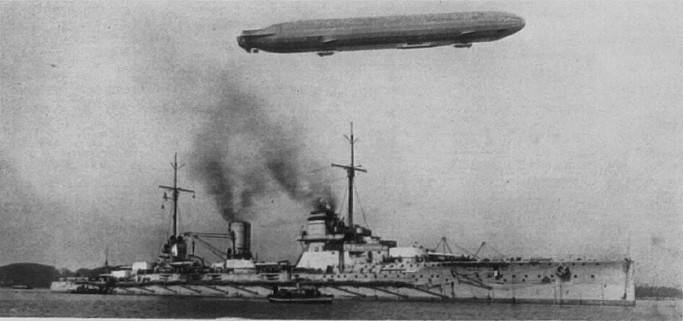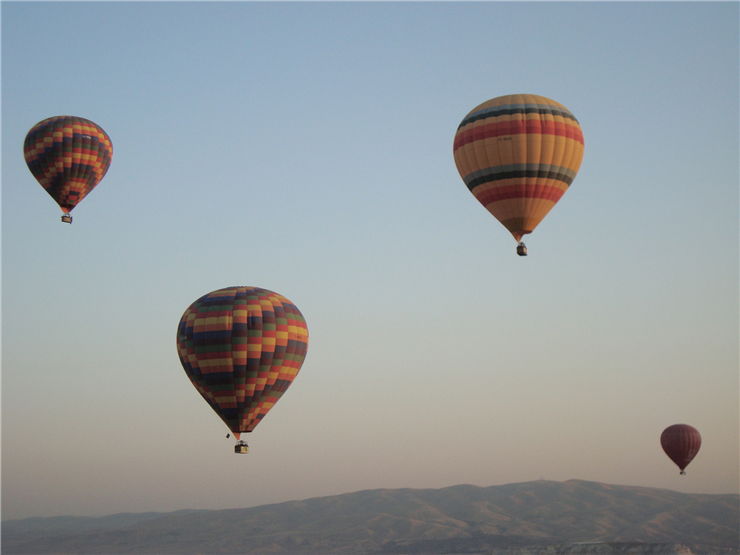Zeppelin Types - Different Types of Zeppelins and Dirigibles
Zeppelins are rigid airships (dirigibles) built by Luftschiffbau Zeppelin company founded by Count Ferdinand von Zeppelin in the period between from 1900 until 1938. They were marked LZ which comes from “Luftschiff [airship] Zeppelin" and a serial number. Civilian Zeppelins were often given name while those in military service were given "tactical numbering". Zeppelins in German Army were called Z I/II/ ... /XI/XII which was changed to LZ numbers during the World War One and adding 30 to obscure the total number. German Navy Zeppelins were named L 1/2/....
Zeppelins from LZ-1 to LZ-25 were made before the World War 1. LZ-1 and LZ-2 were relatively unsuccessful prototypes, first because of lack of funding, second because it was damaged after emergency landing. LZ-3 was the first successful Zeppelin. LZ-6 held the first experiment with wireless communication. LZ-10 was the first commercially successful passenger-carrying aircraft. LZ-13 was the first passenger-carrying flight outside Germany. It was commanded by Count Zeppelin personally. LZ-24 participated in the first raid of England on 19 January 1915.
Zeppelins constructed during World War I Had numbers from LZ-26 to LZ-114. They participated in raid and reconnaissance missions. Those marked from LZ-115 to LZ-119 were in plan to be built but their construction was forbidden under the terms of the Treaty of Versailles after the war. LZ-70 was also not built. LZ-38 achieved the first bombing raid on London on 31 May 1915 killing 7 and injuring 35 people. LZ-62 was the first of the Type R "Super-Zeppelin" class with a volume of 55,200m3. LZ-91 was the first of the Height-Climber S class, which had a lightened structure to improve maximum altitude. LZ-100 was the last Zeppelin destroyed in the war on 11 August 1918. LZ-111 was one of the Zeppelins that participated in last raid on England on 6 August 1918 along with LZ-112. LZ-113 and LZ-114 never fought but were transferred to Allies (Britain and France, respectively) in the context of war reparations. LZ-114 was renamed into “Dixmude” and made world record duration flight of 118 hours.
Zeppelins constructed after World War One were LZ-120, LZ-121, LZ-126, LZ-127, LZ-129 and LZ-130. LZ-122 to LZ-125 were never made because their construction forbidden under the terms of the Treaty of Versailles. Construction of LZ-128 was abandoned in the favor of LZ-129. LZ-131 was never finished. LZ-127 named “Graf Zeppelin” is considered the most successful airship in history. It flew regular flights to North and South America, did the world tour in 1929 and went on the Arctic trip in 1931. It was dismantled in 1940 upon order of Hermann Göring. LZ-129, the famous Hindenburg, was a civilian airship intended for transatlantic traffic. It was designed for helium but used hydrogen because helium could not be obtained. Crashed and exploded in 37 seconds on 6 May 1937. Its disaster marks the end of the era of big airships. LZ-130, “Graf Zeppelin II” sister-ship of Hindenburg, had a last flight on 20 August 1939 and was dismantled in 1940 upon the order of Hermann Göring.

